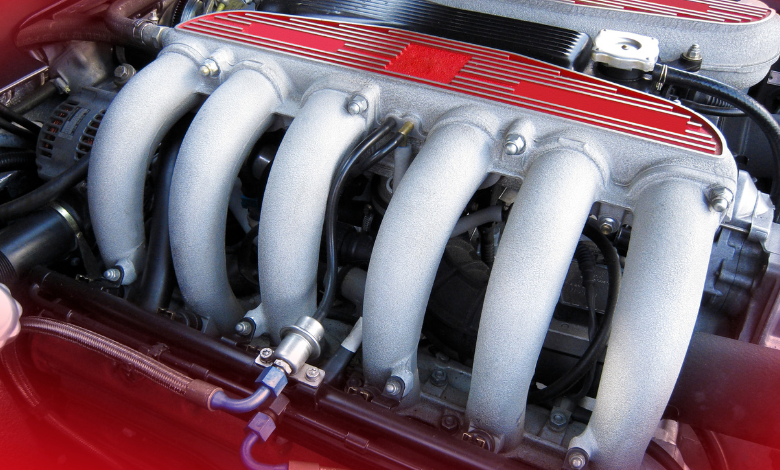Hw_version: ezsp v12 7.3.1.0 build 176

In today’s technology-driven world, embedded systems and networking protocols play a crucial role in connecting devices and enabling seamless communication. One of the critical components in wireless communication is the EmberZNet Serial Protocol (EZSP), often used in Zigbee devices. This article will explore the specifics of hw_version: ezsp v12 7.3.1.0 build 176, breaking down its technical details and implications for device performance.
1. What is EZSP?
EZSP, or the EmberZNet Serial Protocol, is an interface used by Zigbee devices to communicate with the EmberZNet stack via a host microcontroller. It serves as a critical link between the hardware and software layers, managing the flow of data between Zigbee chips and the host device.
Key Features of EZSP:
- Communication Interface: It allows the host microcontroller to communicate with Zigbee chips using a serial protocol.
- Control Functions: It provides control over Zigbee network operations like node discovery, joining, and leaving.
- Firmware Updates: EZSP handles updates and maintenance of the Zigbee firmware, ensuring the system remains up-to-date.
2. Version Breakdown: ezsp v12 7.3.1.0
When working with firmware or protocols like EZSP, versioning provides insight into specific features, improvements, and bug fixes. Here’s a breakdown of the ezsp v12 7.3.1.0:
- EZSP v12: This is the 12th version of the EZSP protocol. It usually signifies a stable version with enhancements from earlier iterations.
- 7.3.1.0: This refers to the specific build version, which indicates minor updates, bug fixes, or improvements over the previous 7.x releases.
Enhancements in Version 12:
- Improved Efficiency: Version 12 introduces optimizations in communication between host microcontrollers and Zigbee networks, reducing latency.
- Security Enhancements: It includes stronger encryption methods, ensuring that the data exchanged between Zigbee nodes remains secure.
- Extended Device Support: Support for a wider range of devices, enabling more diverse and complex Zigbee network topologies.
3. Build 176: What Does It Mean?
The build number indicates the internal development cycle of a specific version of software or protocol. Build 176 signifies a particular iteration of v12 7.3.1.0 that may include:
- Bug Fixes: Resolutions for known issues in previous builds.
- Stability Enhancements: Further refinements in communication stability between the EZSP and the Zigbee network.
- Performance Tweaks: Optimizations that may enhance the efficiency of communication or reduce power consumption in connected devices.
4. Importance of Updating to the Latest EZSP Version
Keeping your Zigbee device updated with the latest EZSP version, like hw_version: ezsp v12 7.3.1.0 build 176, offers several benefits:
Enhanced Network Stability:
- The latest version ensures more robust communication between nodes, reducing network outages or disconnections.
Better Security:
- Regular updates often include security patches. With version 12, enhanced encryption and protection mechanisms help safeguard data from potential threats.
Broader Device Compatibility:
- Version 12 supports more devices and configurations, allowing for the integration of newer Zigbee devices into the network.
Performance Improvements:
- Bug fixes and optimizations make the system more efficient, leading to faster response times and lower power consumption, which is crucial in battery-powered Zigbee devices.
5. How to Update to EZSP v12 7.3.1.0 Build 176
Updating the EZSP firmware is essential for ensuring optimal performance. Follow these steps to ensure your Zigbee device uses the latest version:
- Check Compatibility: Ensure your hardware supports EZSP v12 7.3.1.0 build 176. Refer to the manufacturer’s documentation.
- Download Firmware: Obtain the latest firmware from the Zigbee chip manufacturer or the host system provider.
- Install the Update: Use the provided tool or utility from the manufacturer to upload the firmware to your device.
- Test the Network: After updating, ensure the Zigbee network operates as expected by testing connectivity between nodes.
6. Troubleshooting Common Issues
While updating or using EZSP v12 7.3.1.0 build 176, you may encounter a few issues. Here are some common problems and solutions:
6.1. Update Fails to Install
- Solution: Ensure the device has enough power during the update process. It’s best to use a stable power source or connect to a power supply.
6.2. Network Instability After Update
- Solution: After an update, it’s important to reset the Zigbee network and allow nodes to reconnect. If problems persist, try a network diagnostic tool to identify the issue.
6.3. Incompatibility with Older Devices
- Solution: If older Zigbee devices aren’t functioning after the update, check for compatibility patches or consider downgrading to a previous version of the EZSP protocol.
7. Conclusion
The hw_version: ezsp v12 7.3.1.0 build 176 represents an advanced, optimized version of the EmberZNet Serial Protocol, providing robust functionality and improved security for Zigbee-enabled devices. By keeping your devices up to date with the latest firmware, you can ensure smooth communication, better performance, and enhanced security across your Zigbee network.
If you are working with Zigbee devices, staying informed about the latest EZSP versions, like v12 7.3.1.0, is crucial for maintaining an efficient and secure wireless communication system.



